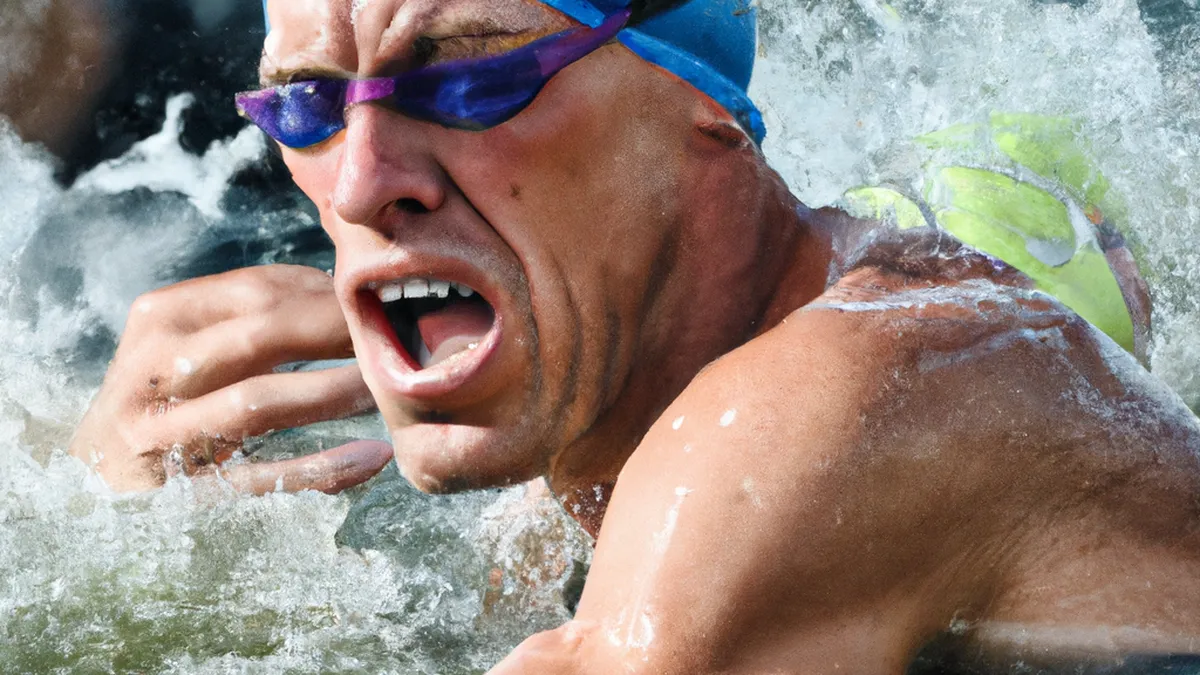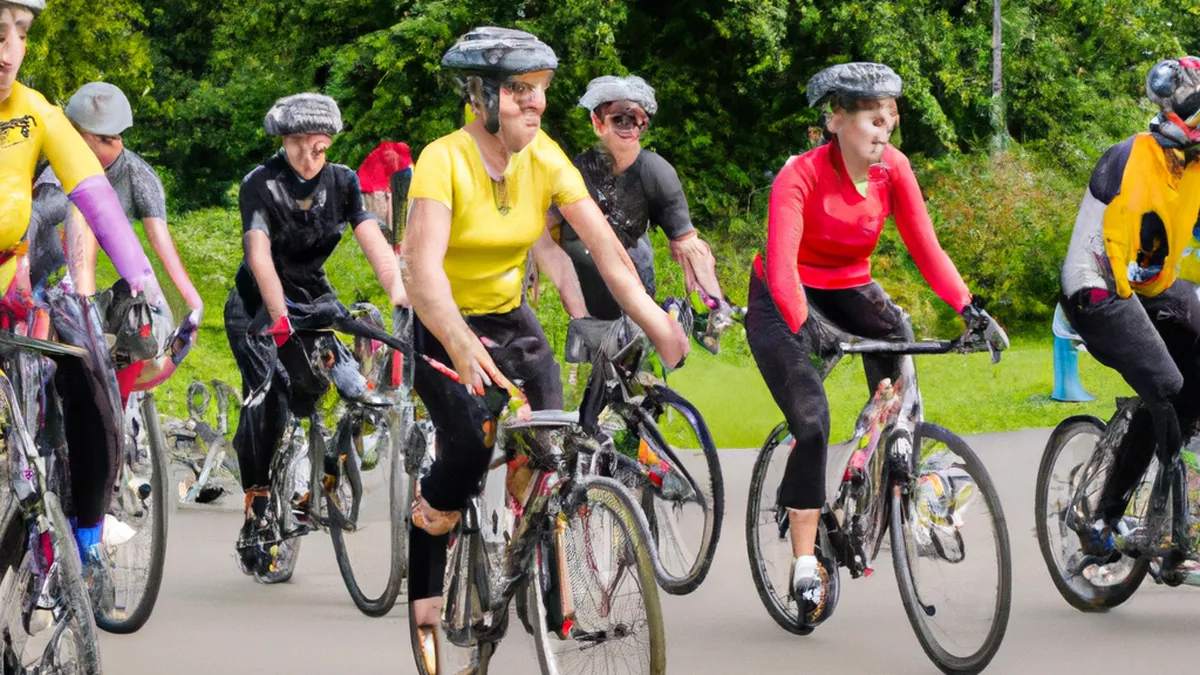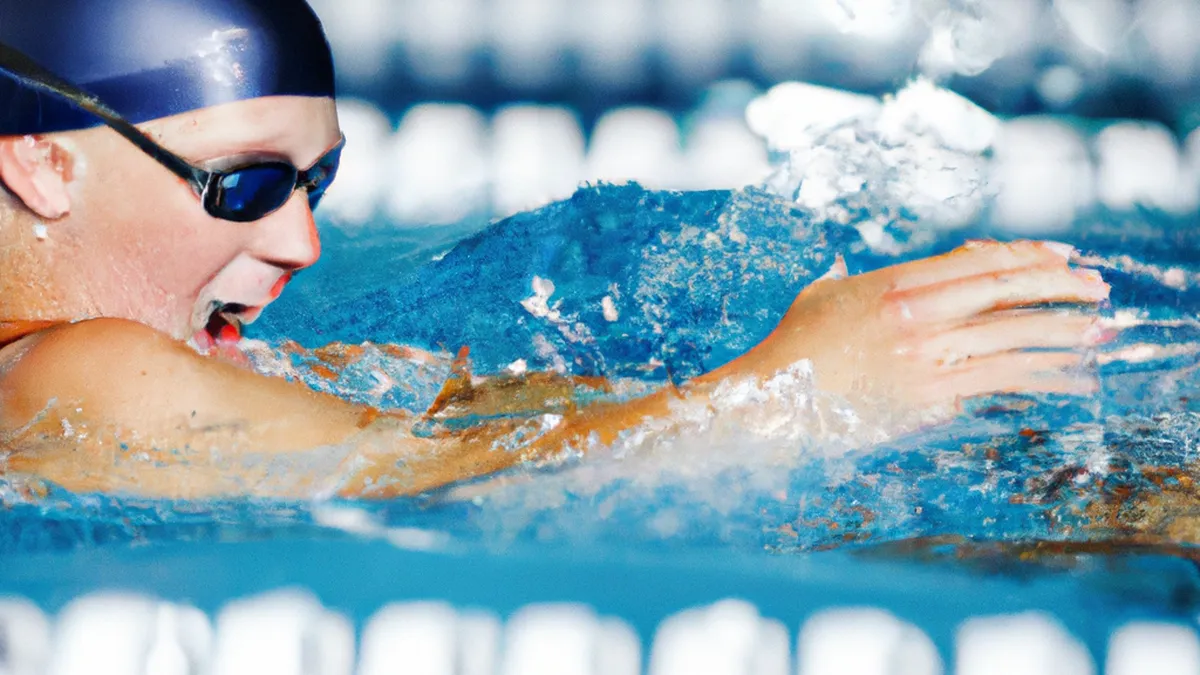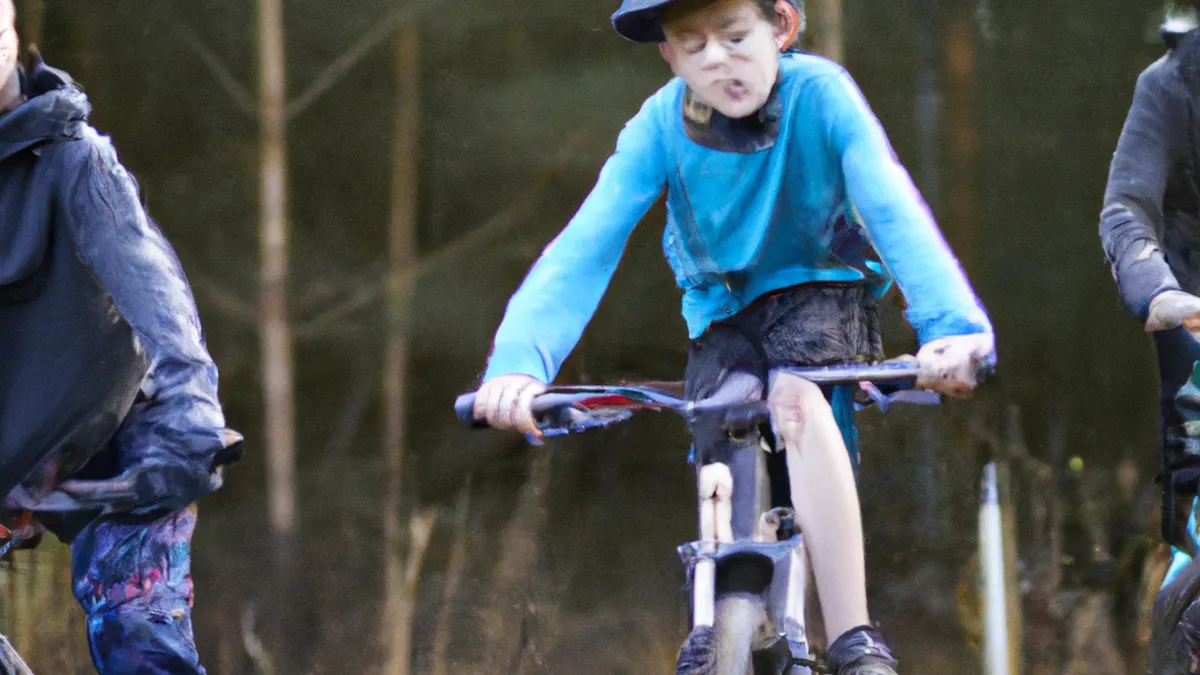Improving Sight Techniques for Open Water
Mastering the Art of Sighting in Open Water Swimming
As an Amazon Associate I earn from qualifying purchases.
Gear tip: consider running shoes, gps running watch and hydration vest to support this workout.
Open water swimming challenges swimmers differently than pools do. In pools, swimmers use lane lines and walls for guidance. In open water, the horizon can confuse navigation. Sighting becomes a critical skill for open water swimmers. This technique helps maintain a straight course to buoys or shores. In this blog, we provide tips to master sighting.
Understanding Sighting
Sighting involves lifting your head to assess direction. It helps swimmers stay on course in choppy waters or low sun. Many swimmers underestimate its importance, believing feel alone suffices. Mastering sighting saves time and energy, enhancing your open water experience.
The Importance of Sighting
Swimmers face environmental factors that complicate navigation. Waves, currents, and lack of markers can confuse experienced athletes. Poor sighting may lead to drifting off course, increasing distance and energy use. Spending seconds on sighting can prevent longer swims, making it vital for competitive and recreational swimmers.
Tips for Effective Sighting
1. Practice Regularly
Regular practice is essential for mastering sighting. Incorporate sighting drills in training sessions. Swim straight and periodically lift your head to check direction. Start in calm waters before tackling challenging conditions. Consistent practice builds confidence and refines technique.
2. Use Landmarks
Identify shore landmarks for visual guidance. Focus on trees, buildings, or buoys when sighting. This focus helps maintain a straight line and minimizes distractions. Keep your eyes fixed on the landmark while sighting.
3. Breathe While Sighting
Many swimmers forget to breathe while sighting, causing fatigue or panic. Practice sighting with a steady breathing rhythm. Tilt your head slightly to look up and inhale simultaneously. This approach keeps you relaxed and maintains stroke consistency.
4. Adjust Your Body Position
Your body position impacts your sighting technique. Keep your body flat and streamlined. Avoid lifting your head too high, as it creates drag. Instead, raise your eyes just above the water.
Conclusion
Mastering sighting enhances your open water swimming experience. Practice regularly, use landmarks, breathe, and adjust your body position for effective navigation.
Below are related products based on this post:
FAQ
What is the main purpose of sighting in open water swimming?
Sighting is a technique used by open water swimmers to assess their direction and maintain a straight course. It becomes crucial in environments where there are no lane lines or walls, helping swimmers navigate through choppy waters or under low sun conditions.
How can I improve my sighting technique?
To improve your sighting technique, practice regularly by incorporating sighting drills into your training sessions. Use landmarks for visual guidance, breathe while sighting to avoid fatigue, and adjust your body position to minimize drag while keeping your head just above the water.
Why is sighting important for both competitive and recreational swimmers?
Sighting is important for all swimmers because poor navigation can lead to drifting off course, increasing the distance swum and energy expended. Spending time on effective sighting can prevent longer swims, making it essential for both competitive and recreational open water swimmers.















Post Comment